6 kinds of ornamental flowers that bloom best in full sun or western exposure. The stronger the sun, the more they bloom.

Some flower lovers have a lot of light in their homes, especially on west-facing windowsills or balconies, and are afraid that their plants will be killed by the sun. So during the high temperatures in summer, they must plant the following ornamental flowers. The stronger the light and the higher the temperature, the better they will bloom. They are extremely sun-resistant and heat-resistant, so you don't have to worry about not having flowers to see in all seasons.

The above are calyx, golden dew and bougainvillea
1. Golden Dew Flower
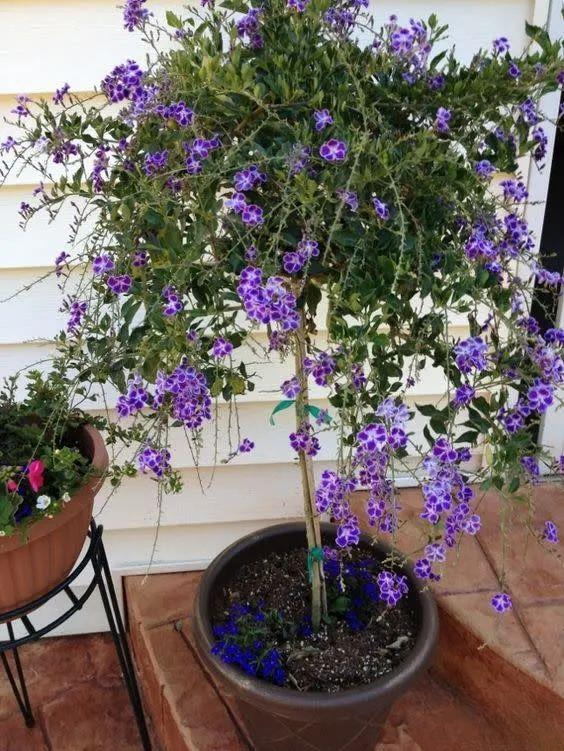
Golden dew flower blooms in spring, summer and autumn. It is an ornamental shrub belonging to the genus Verbenaceae. The plant is short and suitable for potted plants. There are many different ornamental varieties, and some even have leaves with brocade edges.
It blooms continuously in spring, summer and autumn. There is also a variety of golden dew flower that blooms all year round. It can bloom and bear fruit at the same time, and is very ornamental.
The flowers of the golden dew flower are generally purple, with golden edges on the edges of the petals (gold-edged lace flowers). The golden dew flower particularly likes light and needs to be grown in a full-sun environment, or ensure that there are more than 8 hours of direct sunlight every day. In summer and autumn, if the golden dew flower is maintained in a pot, it can be properly shaded when the temperature is too high at noon.
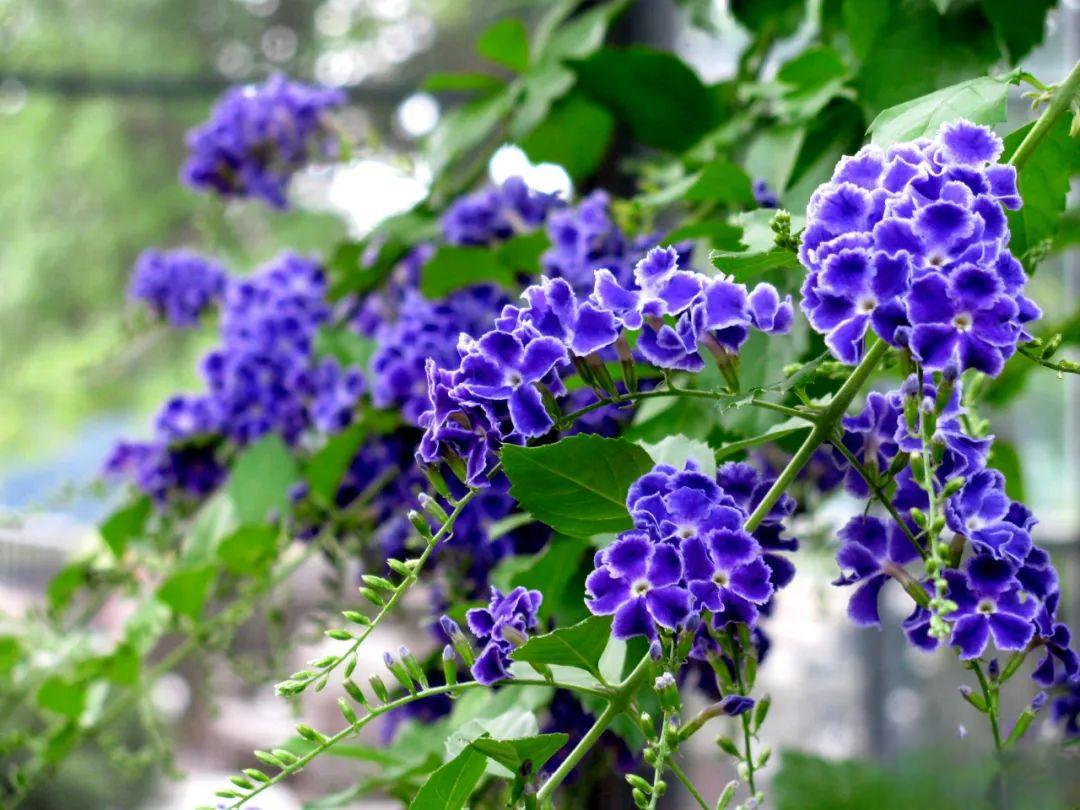
If you are planting and maintaining the golden dew flower in the ground, you should keep it in a full-sun environment, ensure that there is sufficient water, and give it appropriate fertilizer to grow particularly well. The golden dew flower is very resistant to pruning. It should be pruned in time after flowering to allow it to grow more new branches. Generally, it is properly pruned in spring and autumn, and pruning should be avoided in summer. In winter, the temperature is too low and it is easy to be frozen. The minimum maintenance temperature is recommended to be maintained above 5 degrees. The maintenance environment must have good ventilation, and the planting pot soil must have good drainage.
2. Calyx spurred flower
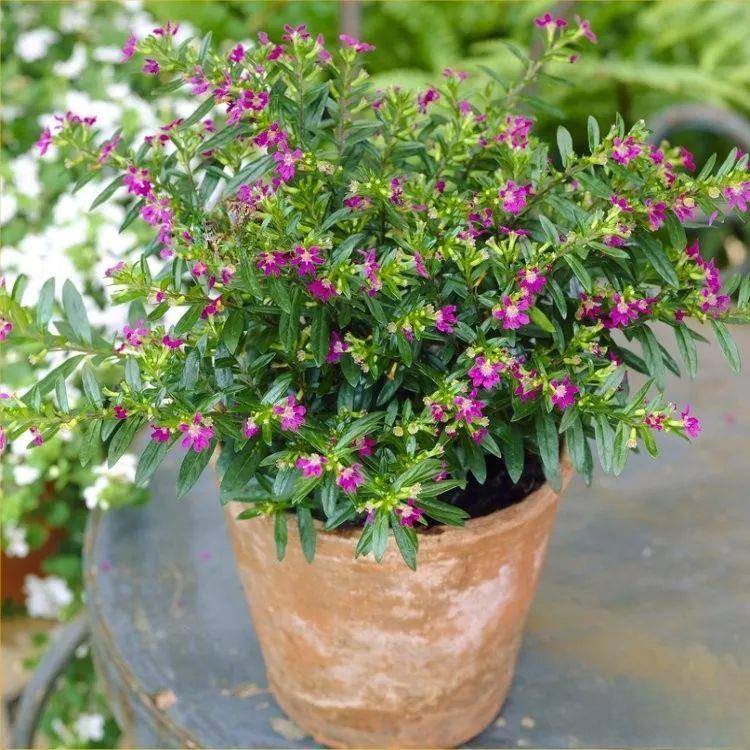
The calyx spurred flower is extremely heat-resistant, high-temperature-resistant and barren-resistant, but its cold-resistant ability is relatively poor. The calyx spurred flower is what we usually call "purple baby's breath". It is a shrub plant that is more suitable for growing in large pots. If it is grown in a small pot, it is easy to lack water in an environment with sufficient light. It needs to be watered frequently, ensure good ventilation and proper fertilization.
In an environment with sufficient light, when caring for potted calyx spurredii, you must pay attention to replenishing water in time and do not let the soil dry out frequently, otherwise the leaves at the bottom of the plant will turn yellow and wither, which will affect its growth and flowering.

When growing calyx spur flowers, make sure they get enough light, prune them regularly, and apply thin fertilizers frequently. In spring, summer, and autumn, as long as the temperature is above 20 degrees, you can add potassium dihydrogen phosphate every one or two weeks, or occasionally add some general-purpose water-soluble fertilizers, such as Huaduoduo No. 1, to promote its rapid growth.
The flowers of the calyx spur flower are extremely abundant, and each small flower blooms on tender branches, so it is necessary to prune it frequently to ensure an abundant number of flowers. If you want to propagate it, you can choose softwood branches for cuttings in summer and autumn, maintain humidity, a warm environment and sufficient soft light, and its cutting success rate is extremely high.
3. Bougainvillea
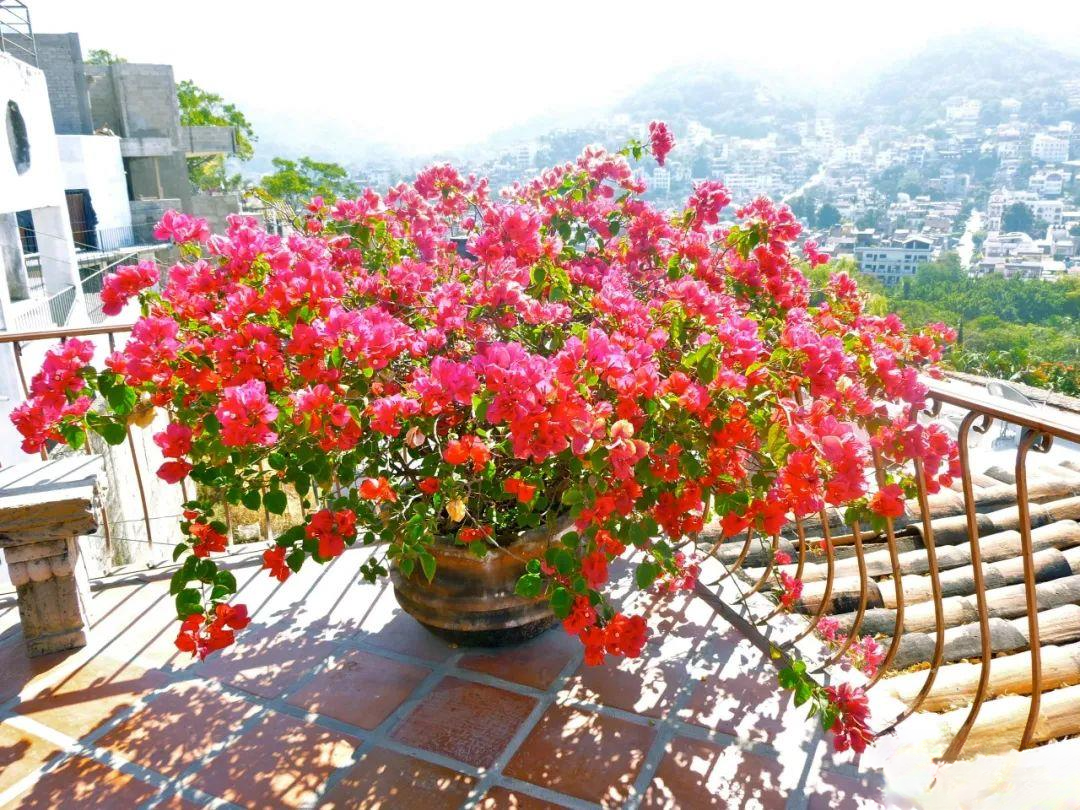
Bougainvillea is also called "bougainvillea" or "Azalea". It has good ornamental value and there are many varieties with abundant flowers. It prefers a warm and humid environment all year round. It must be grown in an environment with sufficient light and a suitable climate for Bougainvillea to bloom.
After the bougainvillea is potted, it does not need to keep the soil moist for a long time. Appropriate drought can promote the germination of flower buds. It is also relatively resistant to barrenness, drought, salinity, and pruning, so it is necessary to pay attention to regular pruning during normal maintenance to allow it to grow more branches.
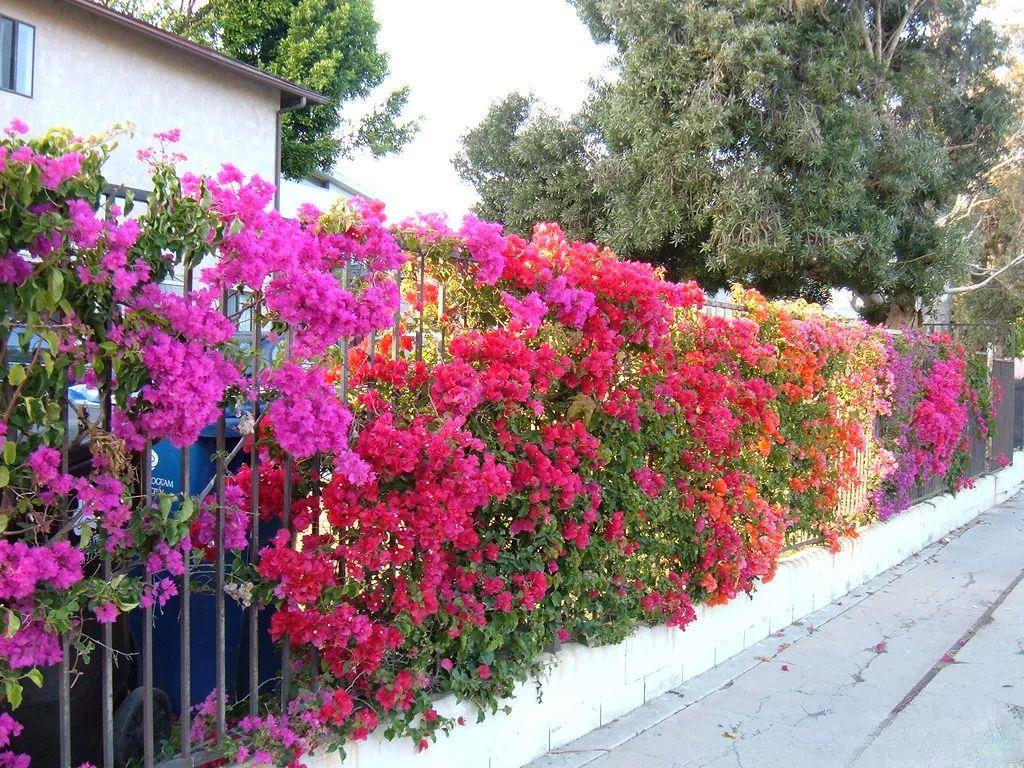
During the growing season, especially when you see new bracts growing, you can supplement it with potassium dihydrogen phosphate every one or two weeks. During the normal growing season, you can supplement it with slow-release fertilizer every two or three months, or you can use decomposed sheep manure fertilizer instead.
The planting potting soil only needs to have good drainage, and the environment must be warm all year round and have a certain humidity, which is very beneficial to its growth.
4. Hibiscus
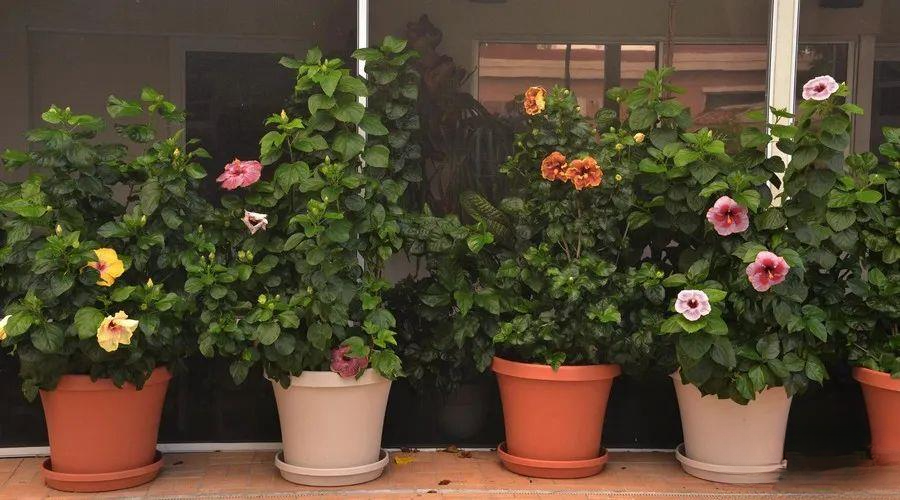
Hibiscus is what we usually call "hibiscus" and "big red flower". It is an ornamental shrub that can remain green all year round. If the temperature can be maintained above 15 degrees all year round, it can bloom all year round, and its flowers are extremely abundant.
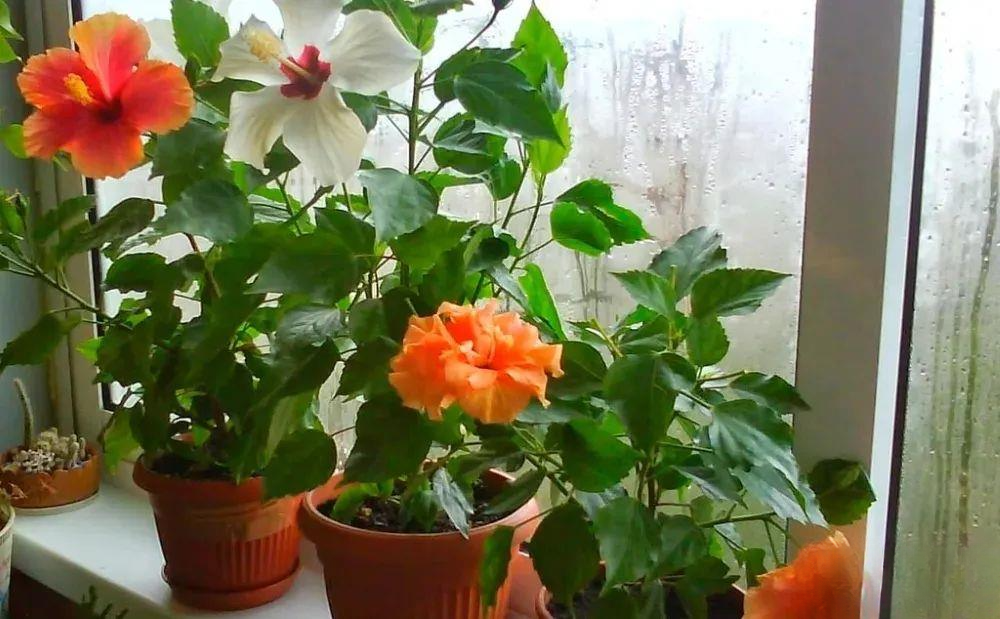
When growing hibiscus in potted plants, you must provide it with a suitable environment, with more than 8 hours of direct sunlight a day, maintaining an air humidity of more than 70%, and slightly acidic soil. Regularly add acidic fertilizer to the potting soil, or use some acidic soil, such as peat soil, leaf mold or other organic soil for planting, to ensure that the soil has good drainage. During the planting period, keep the potting soil dry and water it thoroughly, so that it can continue to bloom.
5. Coreopsis
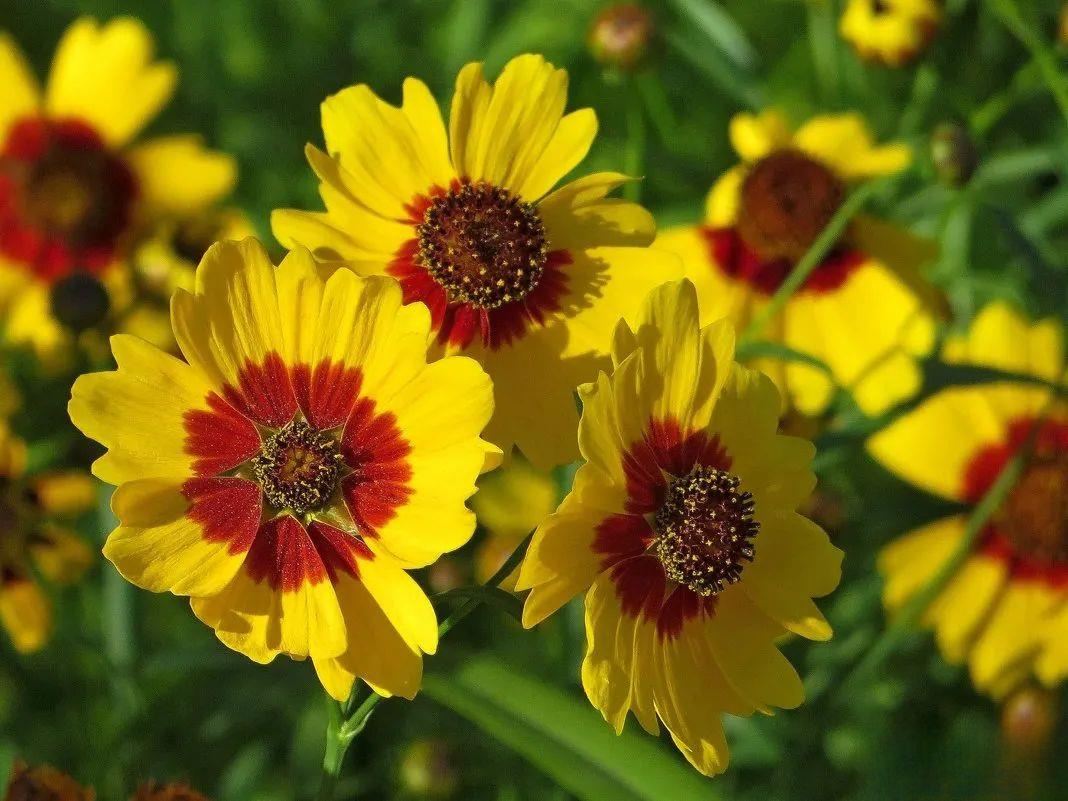
Coreopsis is a one- or two-year-old herbaceous flower. It is usually sown in spring. Of course, as long as the environment is warm, it can be cultivated in all seasons. Its flowering period is mainly concentrated in summer and autumn. It grows very fast and is very resistant to barrenness, drought and heat. It does not require much soil, but the pot soil must have good drainage.
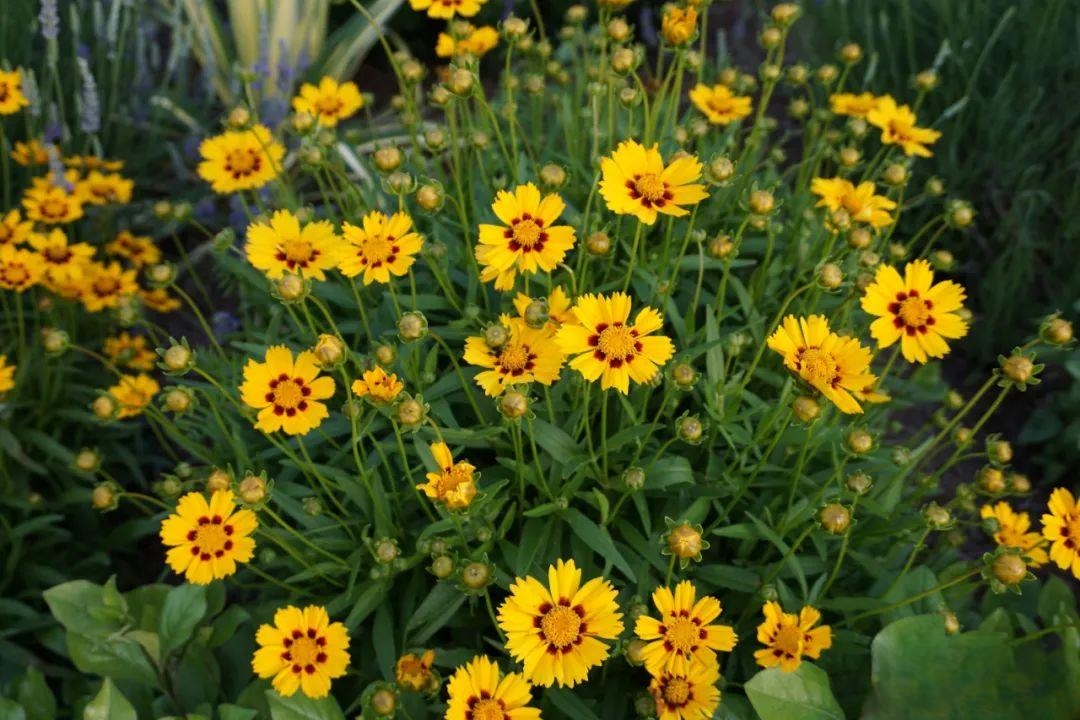
Coreopsis has a strong ability to adapt to the environment. As long as there is sufficient light, the maintenance environment has good ventilation, and the potting soil is well-drained, it will grow well. It is also relatively cold-resistant and particularly likes light. It can grow in semi-shade, but the flowering will be reduced.
Coreopsis likes sandy soil with good drainage. When planting, it is not necessary to add too much base fertilizer or other fertilizers to the soil. If the soil fertility is too high, it will lead to less flowering. In summer, it must be maintained in a rough manner, especially when planted outdoors. It can grow and bloom naturally with just rainwater.
6. Portulaca grandiflora
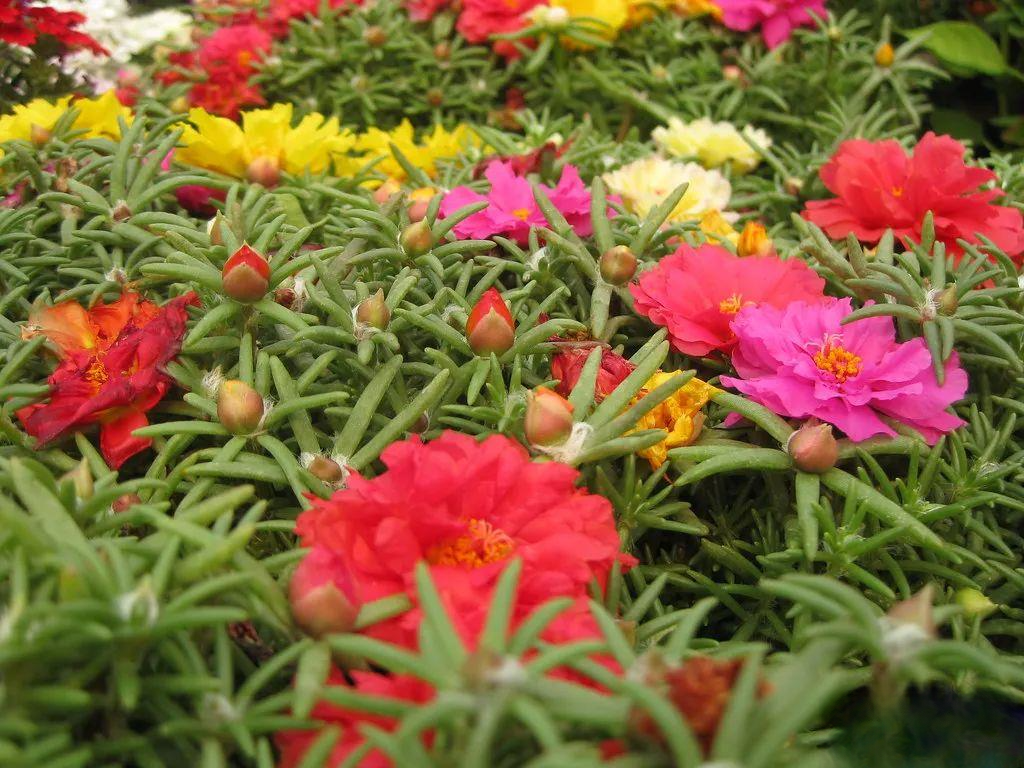
Portulaca grandiflora is what we usually call "sunflower" or "pine-leaf peony". This herbaceous flower can keep growing for many years. It is necessary to avoid frost in winter. Its cold resistance is relatively poor. When caring for it, you must pay attention to giving it as much direct light as possible to ensure sufficient light, so that it will bloom better.
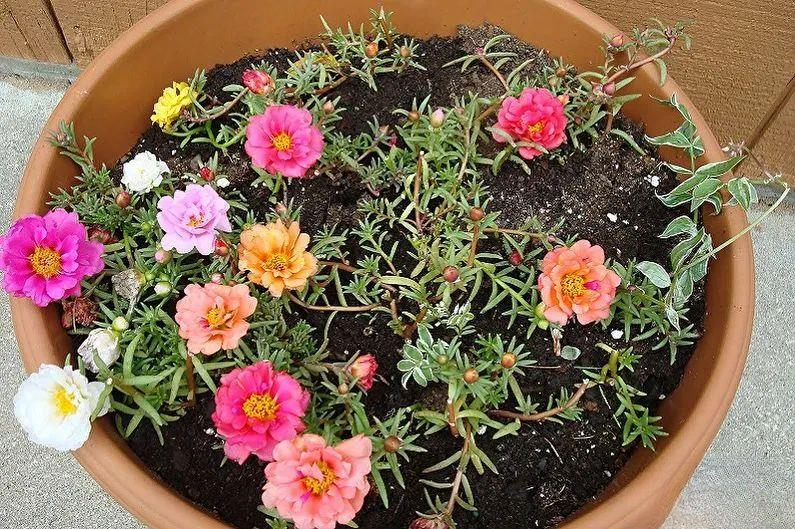
If you want to grow Portulaca oleracea well, you need to provide it with loose and well-drained potting soil. During the growing season, you can add water-soluble fertilizer every week. When it starts to produce flowers, you can add potassium dihydrogen phosphate every week. This will ensure that the flowers bloom brilliantly.
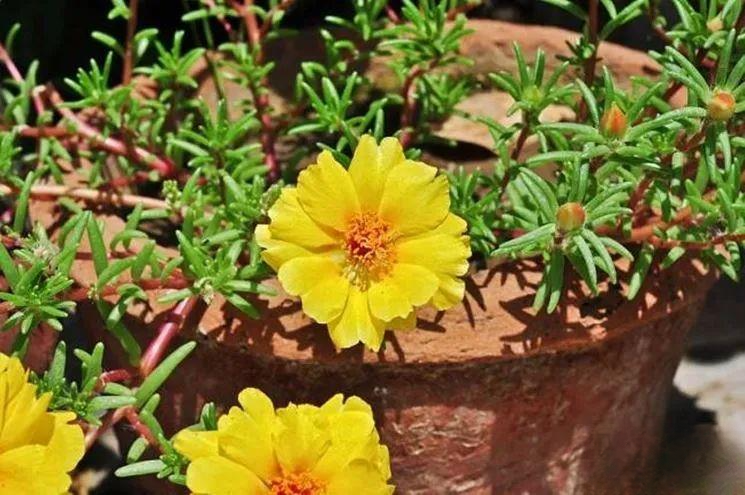
In addition, you should also pay attention to pinching the top every once in a while. As long as the branches grow to 20 cm, you can pinch off the top buds. This can promote it to grow more branches. Its flowers are all on the top branches. Regular pruning can ensure more flowers. In addition, pay attention to regularly applying insecticides in summer (once a month for prevention) to avoid infection with scale insects. This is also very important.